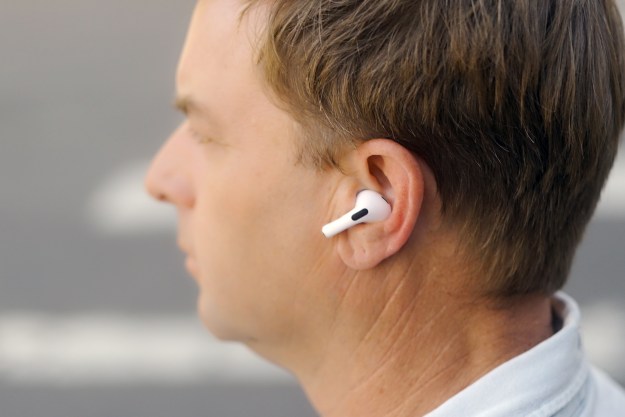A decade ago, long before 4K and HDR were even specks on the horizon — and OLED was still a crazy-expensive and rare option — 3D TV was the biggest thing to hit consumer TVs since the move to HD-capable flat panels. If you had attended the Consumer Electronics Show between 2007 and 2014, you would have seen row after row and booth after booth jammed with 3D TVs, 3D Blu-ray players, and hordes of attendees wearing 3D glasses to experience the wonder of simulated depth.
But then, with little fanfare, the 3D revolution came to an end in 2016. Samsung was one of the first companies to stop making 3D TVs, and now you won’t find a single new model that supports the technology. So was 3D TV just a fad? A gimmick that was destined to fail? Perhaps, but a new holographic 3D technology may be about to give the format a second (third?) life, by addressing many of the previous generation’s shortcomings.
Light Field Labs is a company doing pioneering work in the field of holographic displays. It has created a working prototype display measuring 4 by 6 inches that’s capable of projecting 3D holograms into thin air, according to Variety. Critically, you do not need special glasses to see Light Field Labs’ holograms, and you can even move around freely to see the projected images from different angles — two major advances over previous 3D tech.
The company, headed by CEO Jon Karafin, has its sites set on creating large-scale installations of holographic displays built out of smaller panels — a similar technique to the one that MicroLED displays use to create panels that have reached 17 feet in size. But the same process could be used to create 3D TVs for the consumer market, a prospect that is now closer than ever thanks to a $28 million investment by Robert Bosch Venture Capital and Taiwania Capital. “Holographic display technologies enable entirely new business opportunities across consumer and enterprise markets including automotive in-vehicle infotainment,” RBVC Managing Director Dr. Ingo Ramesohl said in a press release.
So why is there any reason to think that Light Field Labs’ glasses-free 3D tech will succeed where others have failed? After all, the concept of doing consumer 3D without the need for glasses isn’t new. Toshiba tried it in 2011. Dolby Labs, Philips, and James Cameron worked on it, too, though apparently, no TVs with Dolby’s glasses-free 3D TV tech have ever been available in the U.S.
Light Field Labs comes to holographic 3D via its founders’ previous gig at Lytro. Lytro created a new kind of camera that not only captured light coming into its lenses, it also captured information about the light itself. Still photos shot with a Lytro could have their focal distance altered after the fact — an effect that ended up looking a lot like Apple’s portrait mode, but which was far more flexible. We were so wowed by it, we named it the camera of the year in 2012. Lytro shut down in 2018, but as promised, its groundbreaking light field technology lives on at Light Field Labs, and now underpins the company’s holographic 3D platform. Glasses-free 3D TV may not top the list of features that consumers are looking for right now, but if Light Field Labs’ new generation of displays is significantly better than the already “mind-blowing” prototype it showed off in 2018, that could change fast.
So when will we get a chance to actually buy TVs with holographic 3D? It could still be years away. “Our target is to be competitive with the premium LED video wall market once we’re in volume production,” Karafin told Variety. The plan is to start with that market in 2020, with the consumer segment at a later point in time. A major challenge will be developing a stream of content that takes advantage of Light Field Labs’ displays. Existing 3D movies would likely work, but to get the full holographic experience, new material needs to be produced.
So while we have definitely said goodbye to 3D TV, it may be more of an “until we meet again,” that is, if Karafin and the team at Light Field Labs have anything to say about it.
Editors' Recommendations
- You Asked: 3D VR, QDEL technology, and TV size vs. quality
- Samsung, Google are attacking Dolby Atmos’ monopoly on 3D sound, and it’s going to get ugly
- What is MPEG-H? The burgeoning 3D audio standard explained



